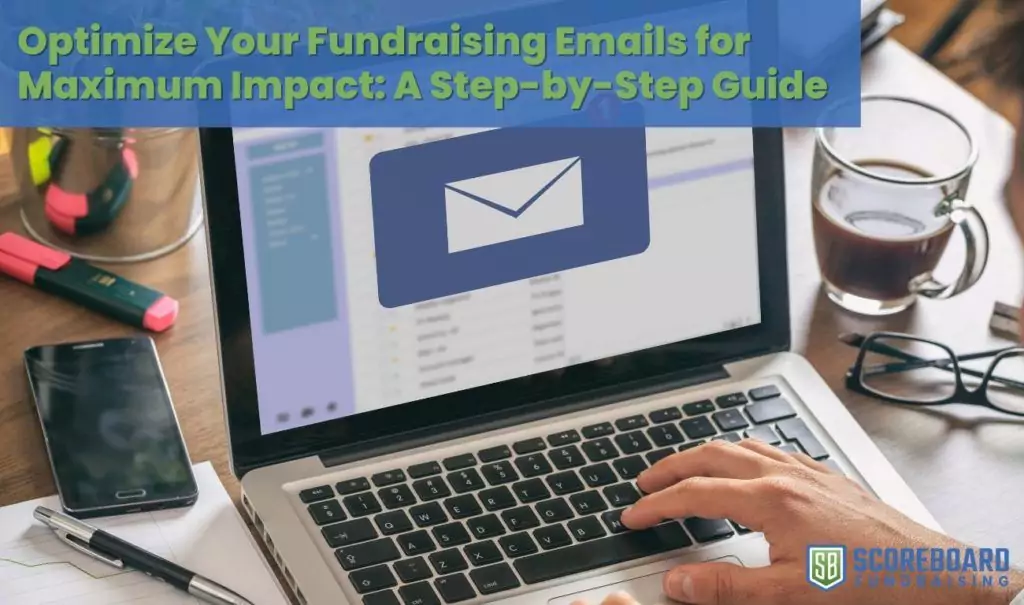In the realm of nonprofit organizations, crafting compelling fundraising emails is a great way to engage potential donors and maximize your fundraising efforts. Follow this step-by-step guide to optimize your fundraising emails for maximum impact, incorporating best practices and keywords to boost open rates, click-through rates, and overall campaign success.
Step 1: Build a Targeted Email List
Start by creating a well-curated email list that includes current donors, prospective donors, and individuals interested in your cause. Segment your list based on different criteria, such as donor history, preferences, and engagement level. This ensures that your emails resonate with specific segments of your audience.
Step 2: Choose the Right Email Marketing Tools
Select a reliable email service provider that offers features like customizable templates, A/B testing capabilities, and analytics. These tools will help you track the success of your email campaigns and optimize them for better results.
Step 3: Craft Compelling Email Templates
Design visually appealing email templates that align with your organization’s brand. Use effective fundraising email templates that include a powerful call-to-action button, persuasive copy, and compelling visuals to convey your organization’s impact.
Step 4: Focus on Effective Subject Lines and Preview Text
Create subject lines that grab attention and generate a sense of urgency. Test different subject lines through A/B testing to identify the most effective ones. Optimize the preview text to provide a sneak peek into the email content, encouraging recipients to open and read further.
Step 5: Perfect the Timing
Identify the best time to send your emails for higher open rates. Experiment with sending emails at different times and days of the week to determine when your audience is most receptive. Use data analytics to track response rates and adjust your timing accordingly.
Step 6: Develop a Value Proposition
Clearly articulate the value proposition of your fundraising campaign. Explain why supporting your cause is crucial, emphasizing the impact donors can make. Tailor your messages to different segments of your audience, addressing their unique interests and motivations.
Step 7: Implement A/B Testing for Optimal Results
Conduct A/B testing on various elements of your emails, such as subject lines, copy, visuals, and calls-to-action. Analyze the results to refine your approach and increase the effectiveness of your future emails.
Step 8: Create a Sense of Urgency
Incorporate a sense of urgency into your fundraising appeals. Highlight specific deadlines or limited-time opportunities to encourage immediate action. Use compelling language to convey the urgency of supporting your cause now.
Step 9: Personalize Your Emails
Personalize your emails by addressing recipients by their first names. Tailor the content based on the recipient’s history with your organization, making them feel valued and connected. Personalization enhances donor engagement and increases the likelihood of donations.
Step 10: Optimize the Donation Process
Ensure a seamless donation process by providing a clear and prominent call-to-action button that leads to an optimized donation page. Streamline the giving process to reduce friction and encourage higher conversion rates.
Step 11: Follow-Up Effectively
Send follow-up emails to maintain engagement and update donors on the impact of their contributions. Craft compelling content that highlights recent events, blog posts, or other developments, keeping your audience informed and engaged.
Step 12: Track and Analyze Metrics for Continuous Improvement
Regularly monitor key metrics such as open rates, click-through rates, and conversion rates. Use these benchmarks to assess the success of your email campaigns and make data-driven decisions for future improvements.
By following these steps, your fundraising emails will become a powerful tool for engaging your audience and driving successful fundraising campaigns. Experiment with creative ways to enhance your email engagement, and consistently refine your approach based on the insights gained from your data analytics. And, of course, we’re here to help! Reach out if you’re ready to use Scoreboard Fundraising’s app to simplify and maximize your fundraising efforts.




